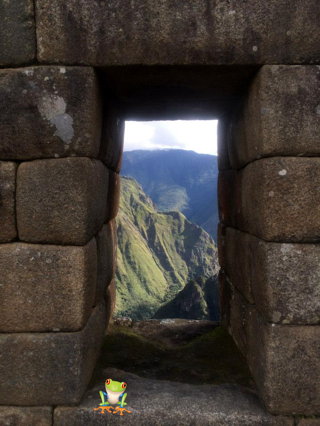
Hi there! Terpii here checking in again from my latest travel adventure. After spending the holidays in Spain, I decided to jet over to the wonderful country of Peru. I flew in to Lima, the capital city. The Lima Metropolitan Area has a population of roughly 10 million people making it both the largest city in Peru and second largest city in the Americas, behind São Paulo. Lima is located on the central coastal area of the country, overlooking the Pacific Ocean.
I stayed in the Miraflores neighborhood which is a popular tourist area located in central Lima and close to the ocean. It has plenty to offer such as nice hotel accommodations, great shopping, delicious restaurants along with bars and nightclubs. I enjoyed exploring the neighborhood plazas, parks and beaches! I also tried out my first pisco sour (pictured below) with a nice view of the ocean. Pisco sour is a cocktail typical to South America and originated in Lima in the 1920s. Each country has its own spin on the drink. Pisco is the base liquor, and the cocktail term sour refers to sour citrus juice and sweetener components. Peruvian pisco sour uses pisco as the base, adds key lime or lemon juice, syrup, ice, egg white, and bitters. I only spent one night in Lima before taking off to my next destination – CUSCO! Below are my photos from Lima. Hope you enjoy & scroll down to hear more about the rest of my time in this magical country.

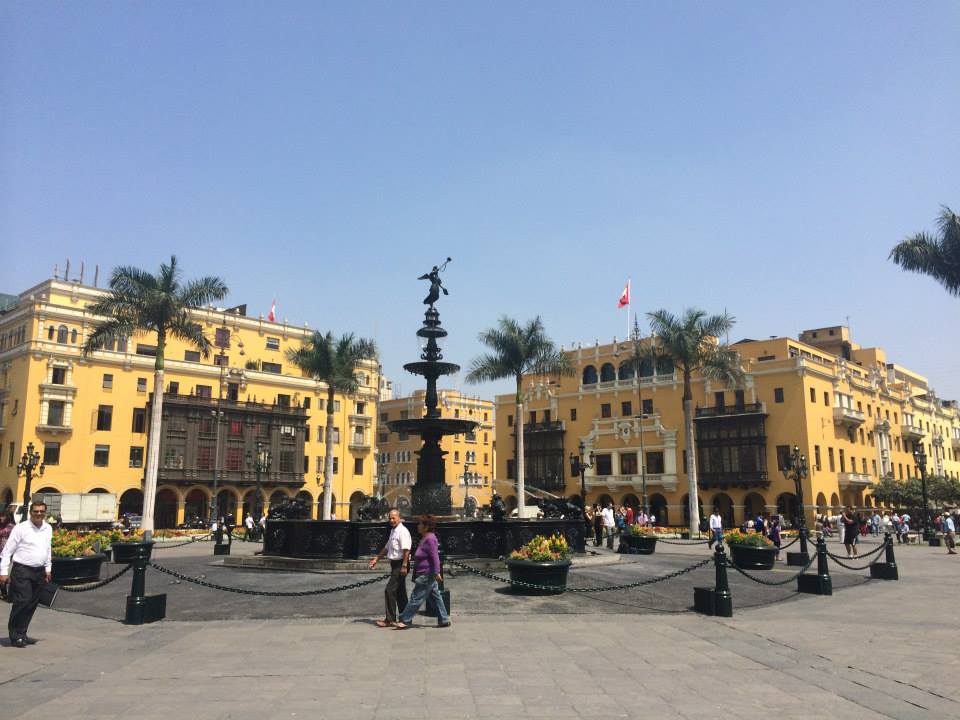
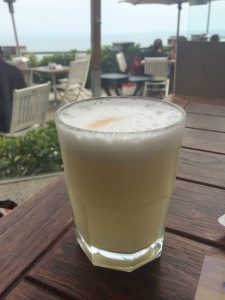
Cusco was my second leg of the trip as I made my way across the country with a final destination of the famous Machu Pichu. Cusco is in southeastern Peru, near the Urubamba Valley (otherwise known as the Sacred Valley) of the Andes mountain range. It sits at a whopping 12,000 feet high! Cusco was the historic capital of the Inca Empire from the 13th through the 16th century until the Spanish conquest. Cusco was declared a World Heritage Site by UNESCO in 1983. It is now a major tourist destination with nearly 2 million visitors per year spending time in the city before heading to Machu Picchu.
Inca History
The Incas controlled territory from Quito, Ecuador to Santiago, Chile making theirs the largest empire in the world at the time and, historically, still one of the largest empires in the Americas. As I mentioned earlier, Cusco was the religious and administrative capital of the Incan empire. Cusco was covered in fine buildings, palaces and a sacred gold-covered and emerald-studded Coricancha complex which included a temple to the Inca sun god Inti. Ruins galore line the streets and fields of Cusco and are incredibly beautiful. Unfortunately, the Spanish conquest destroyed many buildings and stole many of the gold and jewel encrusted buildings; yet many of the original structures remain and have been restored.
The Incas worshipped stones and other natural resources, sacrificed animals and had multiple gods; mostly manifestations of various elements and celestial phenomena such as the moon, thunder, rainbow, etc. One of the things I found fascinating was how they worshipped and to a certain extent still have tremendous respect for “pachamama” which roughly translates to “Mother Earth”. It was very interesting to hear about this ancient society and how they viewed the world around them.
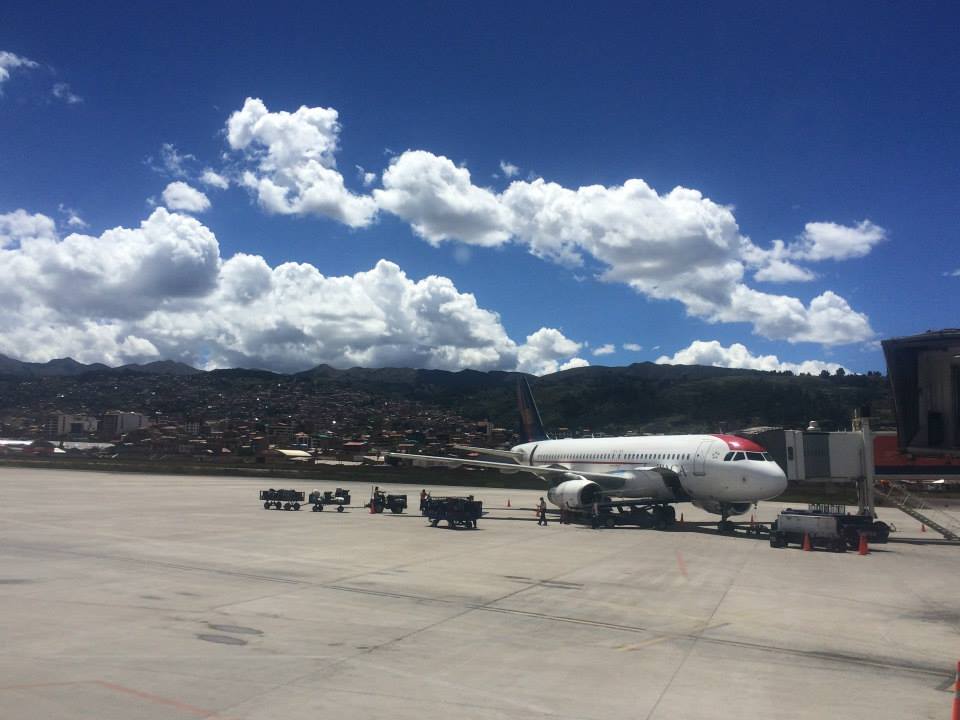
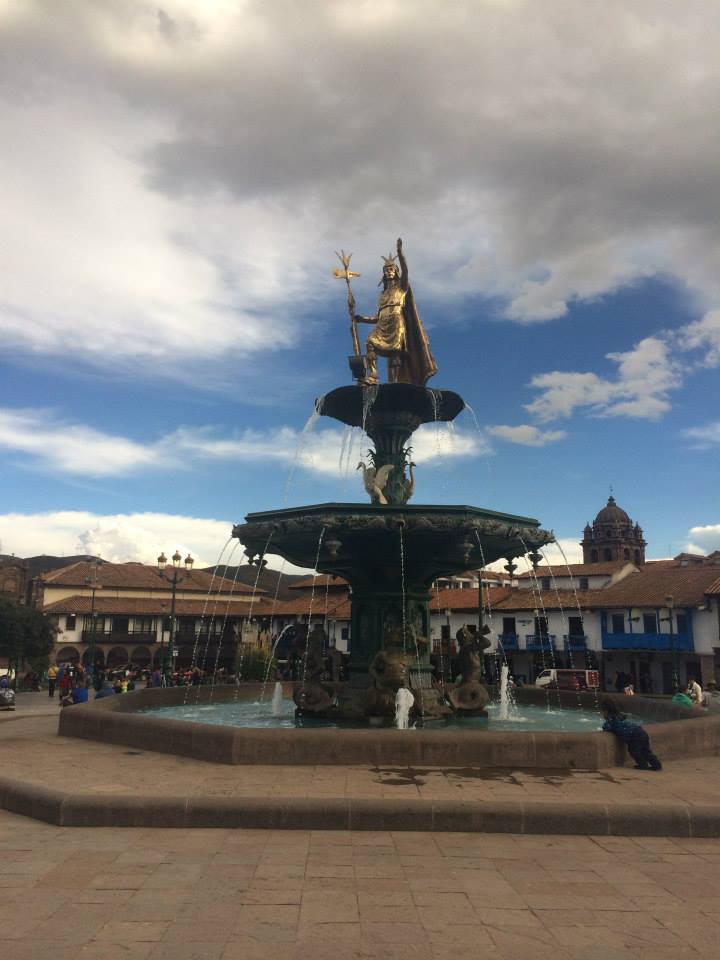

Aguas Calientes & Machu Picchu
To get to Machu Picchu, we took a bus from Cusco through the Sacred Valley and visited multiple cute little towns along the way. The bus ride ended and we took a train ride to Aguas Calientes, the town that sits at the base of the valley. Aguas Calientes translates to “hot waters” and is named for the hot springs located in the town. The town is small and very walkable. From there, you take a bus up the steep Andes mountain road to the ruins of Machu Picchu that sit atop the mountain.
Machu Picchu is believed to have been a royal estate or sacred religious site for Inca leaders. The site stretches over a 5-mile distance and it’s difficult to fathom how an ancient civilization not only climbed the mountains, but also hauled many large stones to create the structures. Little is known for certain about the ruins; almost everything is pure speculation.
Machu Picchu’s walls, terraces, stairways and ramps blend seamlessly into its natural setting. The finely crafted stonework, terraced fields and sophisticated irrigation system show the architectural, agricultural and engineering expertise of the advanced Inca civilization. It has been a UNESCO World Heritage Site since 1983 and was designated one of the New Seven Wonders of the World in 2007. It is by far the most visited attraction in Peru and South America’s most famous ruins. If you ever get the chance to visit, please take it! I promise you will not regret it.
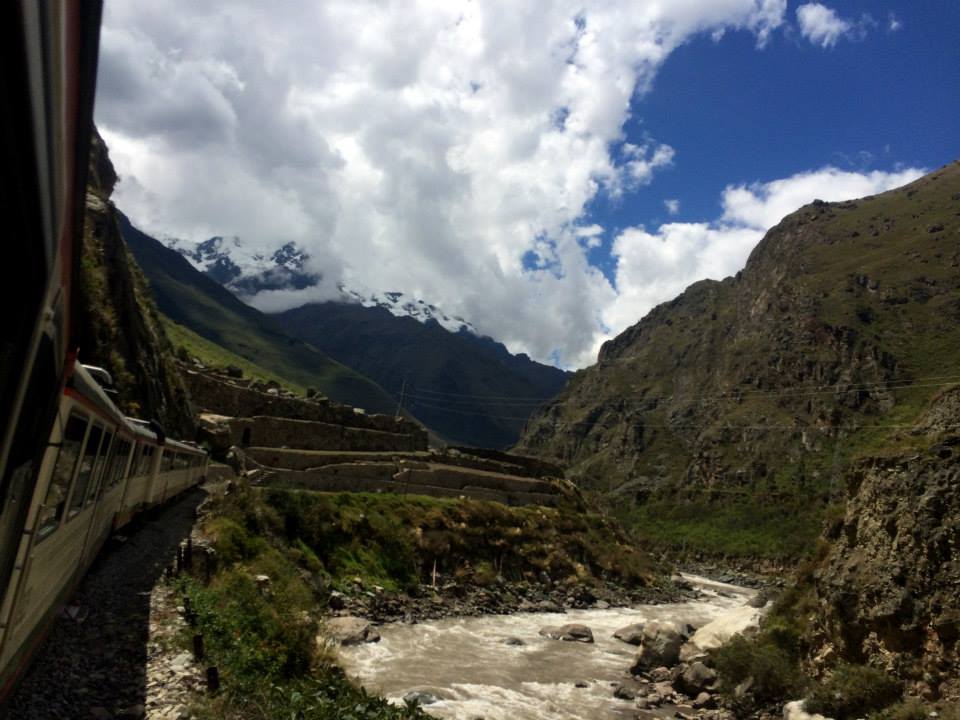
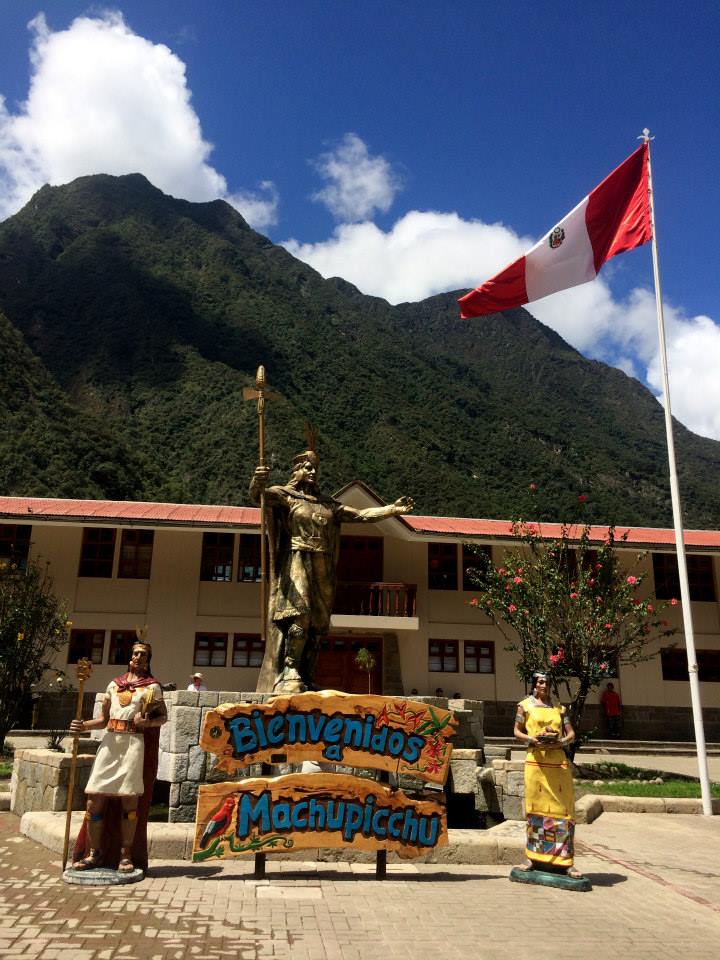
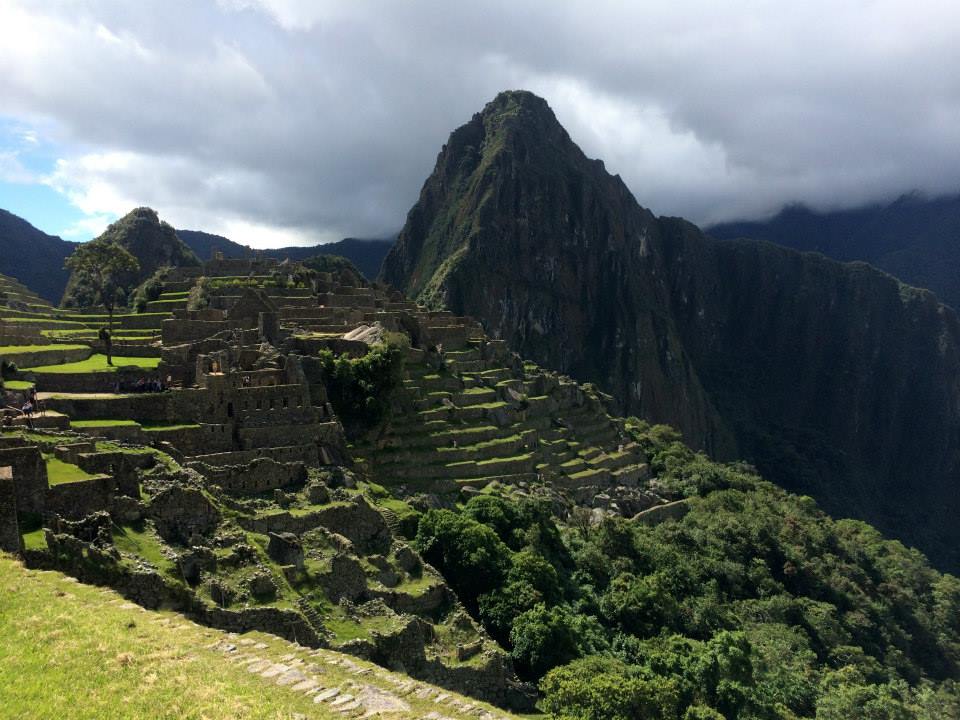
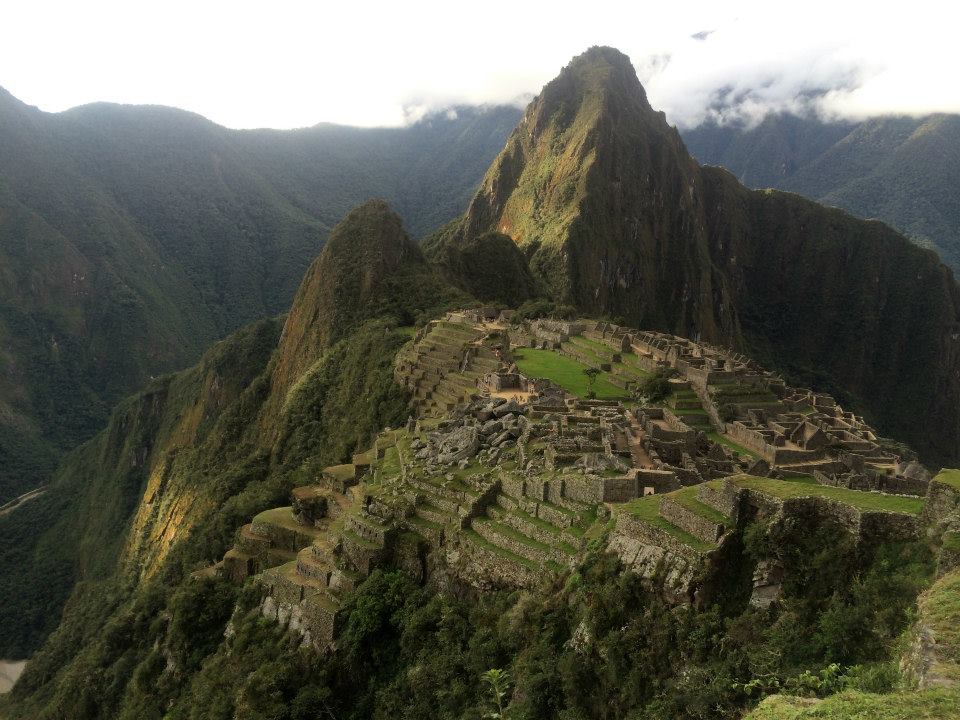
Sources:
I traveled to Peru in 2015 with a tour group. I included many things that I learned from our local tour guide in this article. I hope you enjoyed and if you are a fan of tours, I recommend Gate 1 Travel.
All photos property of the author, Annie Pagano.






Comments are closed here.